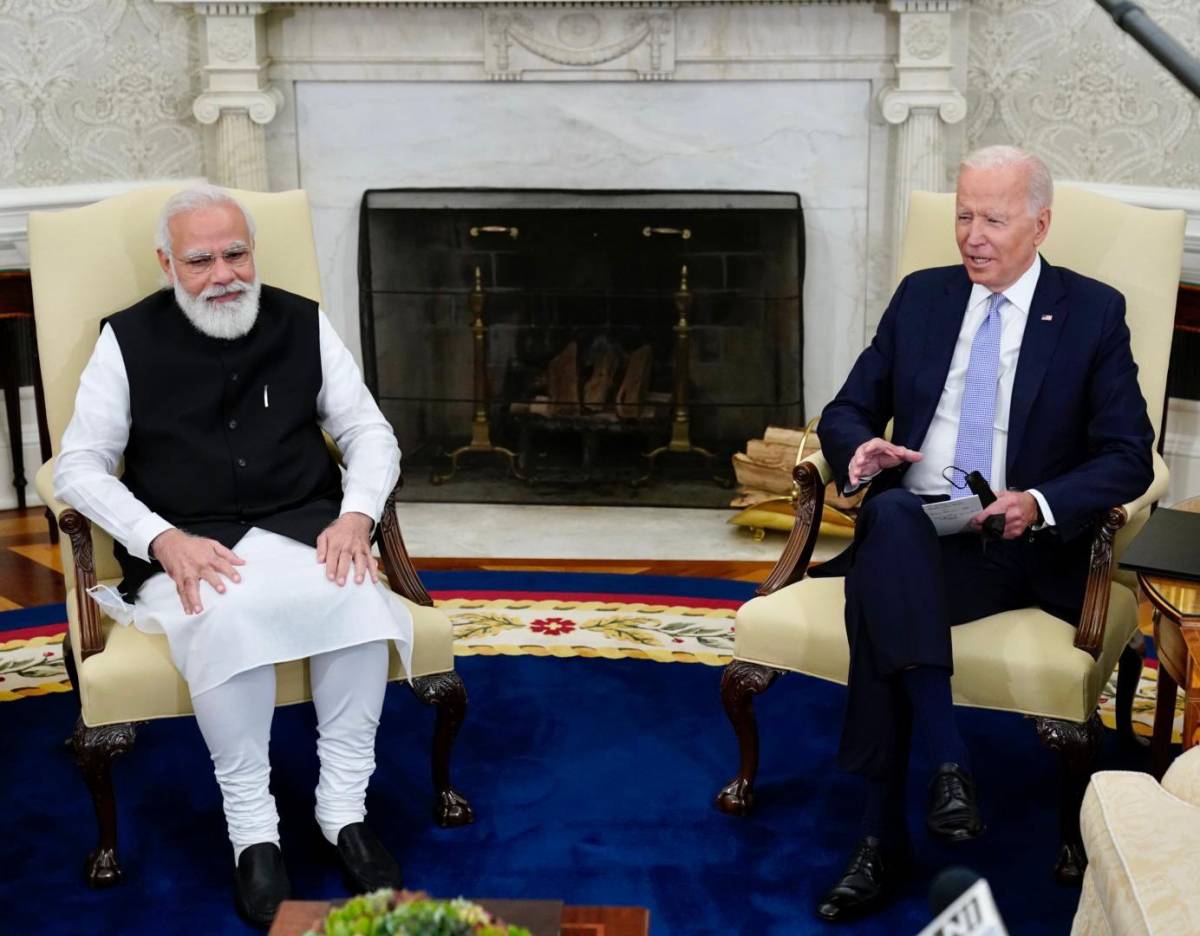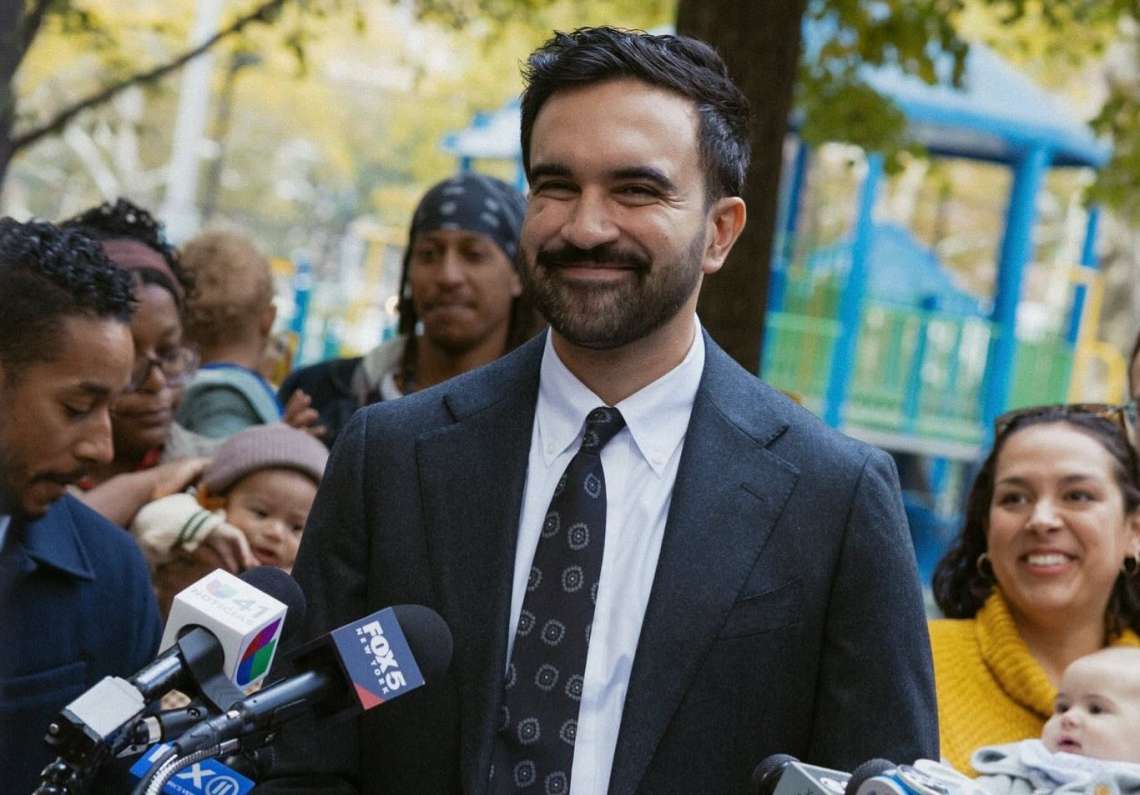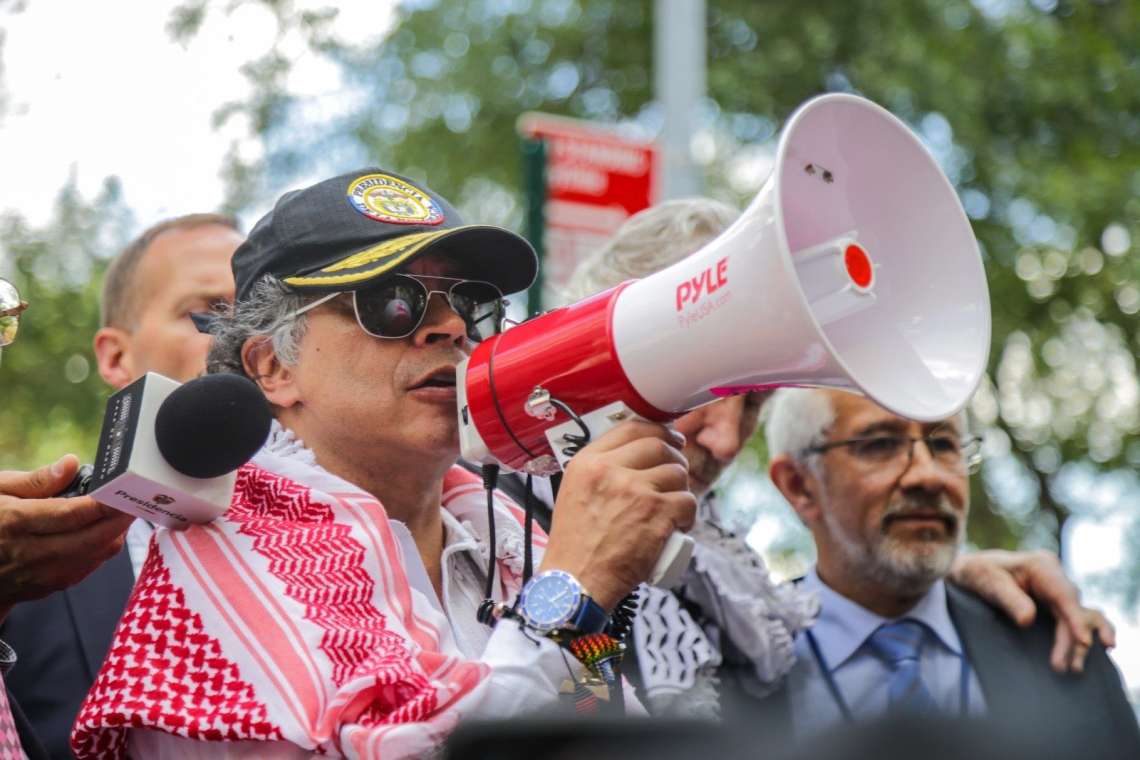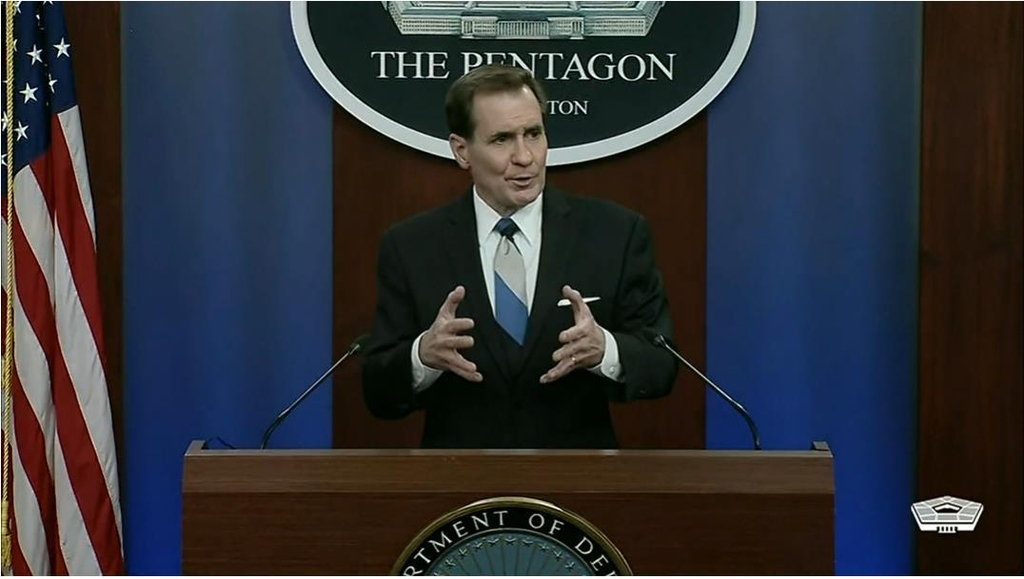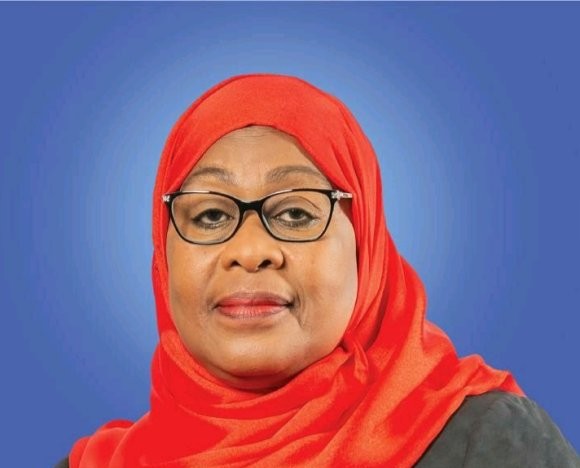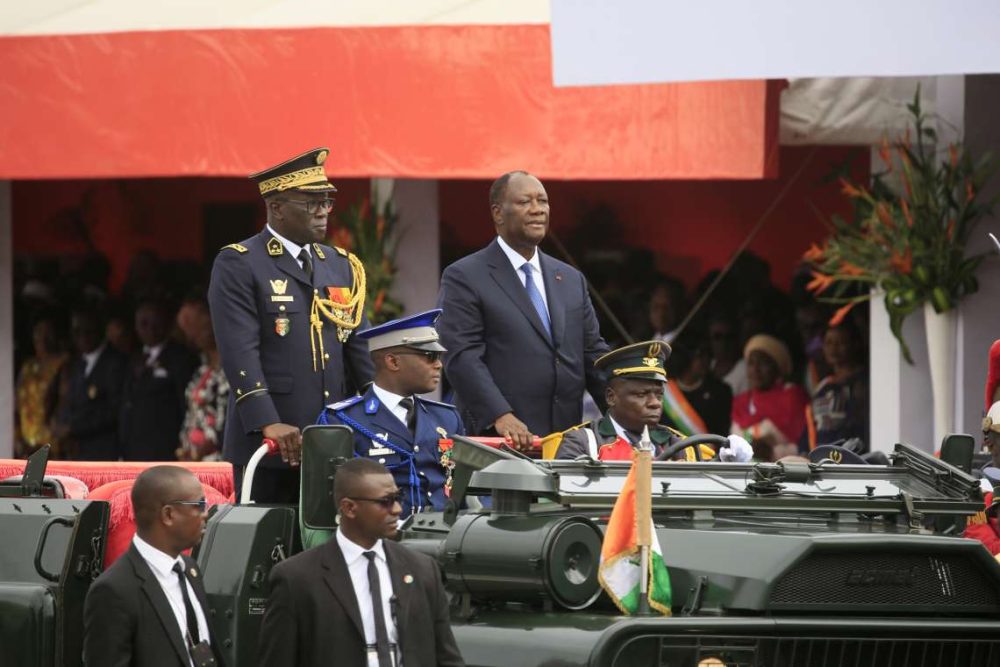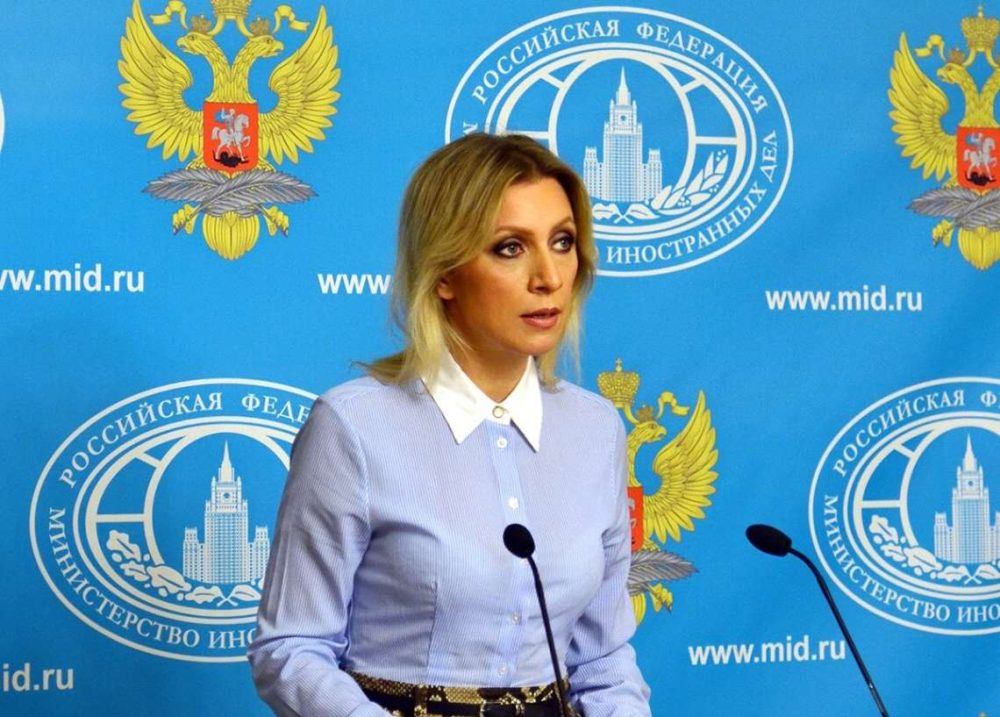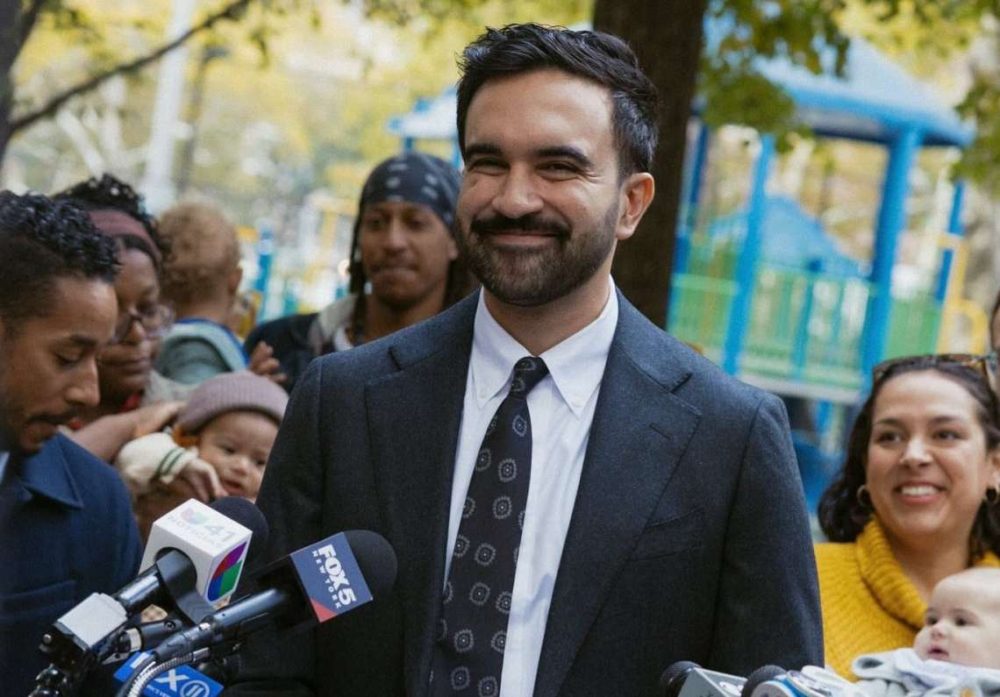Defence Secretary Austin’s most recent visit to India has no doubt fine-tuned some aspects of burgeoning India-US defence ties in advance of Modi’s visit…writes Kanwal Sibal
President Joe Biden’s invitation to Prime Minister Modi to pay a State visit to the US is a recognition of the increasing importance that Washington now attaches to ties with India bilaterally and geopolitically. That the Indian Prime Minister has been invited to also address a joint session of the US Congress only confirms this.
Both these developments signify several things. One, that in the US geopolitical calculus, with the challenge from China in mind, India’s value as a partner has risen. Despite the US strengthening its alliances in the western Pacific and the AUKUS compact, India is still seen as a vital part of US’ Indo-Pacific strategy.
Two, the US is now adopting a more pragmatic and accommodating position on our relations with Russia and our refusal to condemn it for its military intervention in Ukraine. The US initially tried to pressure India to vote against Russia in the UN, thought India’s neutral position was morally questionable and openly asked us to dilute our ties with Moscow, especially in the military domain. The massive spurt in our oil purchases from Russia at discounted prices has been an irritant but India has stood its ground in its national interest. The US may still be unhappy with our position on all these counts but is willing to look at the bigger picture and not resort to self-defeating political and economic arm twisting. The US policy makers now accept that India cannot be expected to loosen its traditional ties with Russia immediately, and that it will be a long-haul process that would involve offering substitutional incentives to India.
Three, despite the progressive wing of the Democratic Party targeting India on issues such as the persecution of minorities, especially Muslim, the anti-minority nature of the CAA and the NRC, the supposedly fascist Hindutva ideology of the BJP, the backsliding of democracy and the curbing of religious and press freedoms in India, and so on, the bipartisan support for India in the US Congress has not been dented, which explains the invitation to Modi to address the US Congress.
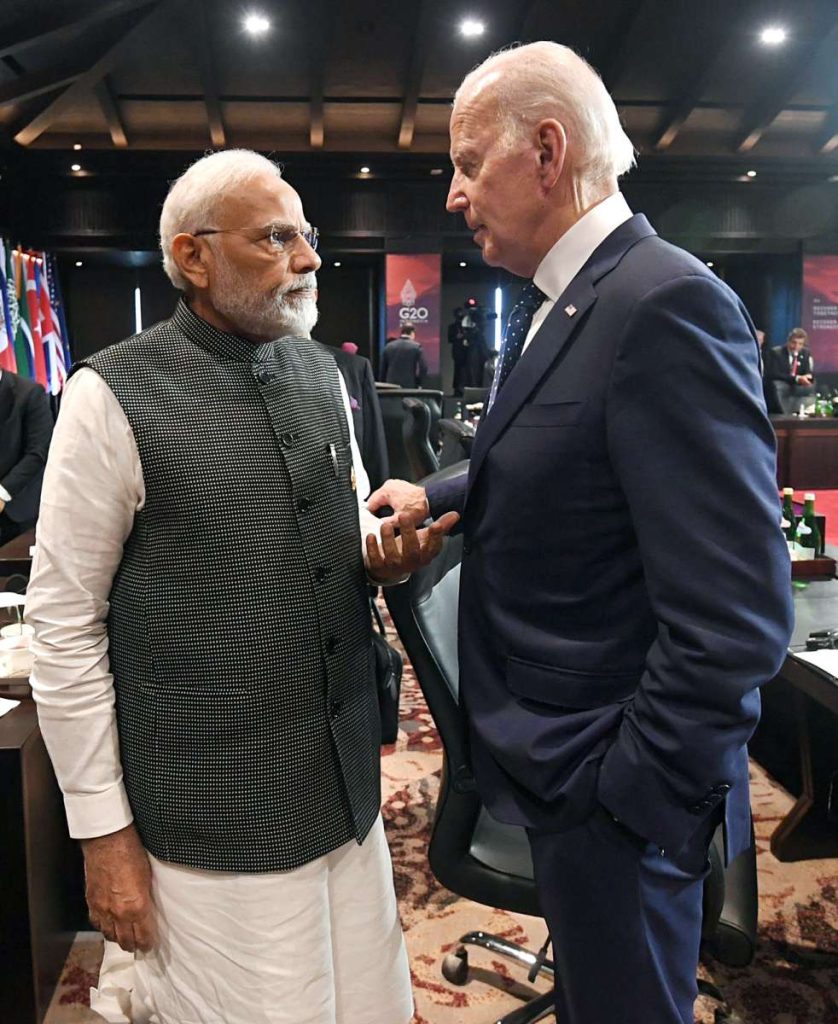
Four, the mainstream US press, prominent think tanks, opinion shaping journals, elements in the academic community, human rights organizations and sundry NGOs have been involved in an unrelenting campaign against the Modi government on democracy and minority issues, as well as on India’s position on Ukraine and Russia related issues. The State Department has been critical of India in its reports on human rights or religious freedoms in India. Given the nexus between the US administration and US think tanks, the media and civil society in general, it is significant that the White House has weighed all this in deciding on a major political gesture to India that the State visit signifies. Biden and Modi have now met several times and so have Secretary Antony Blinken and External Affairs Minister Jaishankar, and this frequent dialogue at the leadership level has no doubt helped to make progress on issues on which there is shared thinking and find a modus vivendi on issues on which the two sides differ.
In the White House, the National Security Adviser Jake Sullivan has possibly played a key role in this gesture to Modi. That he jointly chaired a meeting with his Indian counterpart Ajit Doval to launch the ICET (Initiative on Critical and Emerging Technologies) in Washington DC with business communities of both countries was unprecedented. The ICET would open doors to India-US cooperation in areas that would be key to India’s own technological progress and the contribution that India in turn could make to help preserve US’s lead in critical technologies of the future in the face of the China challenge and the increasing dispersal of power within the international system that the US has dominated all this while. The ICET, inter alia, covers Artificial Intelligence, Quantum computing, advance wireless communication, high performance computing technology and source code etc. Sullivan is expected to be in India this week to tie up outcome details pertaining to Modi’s visit.
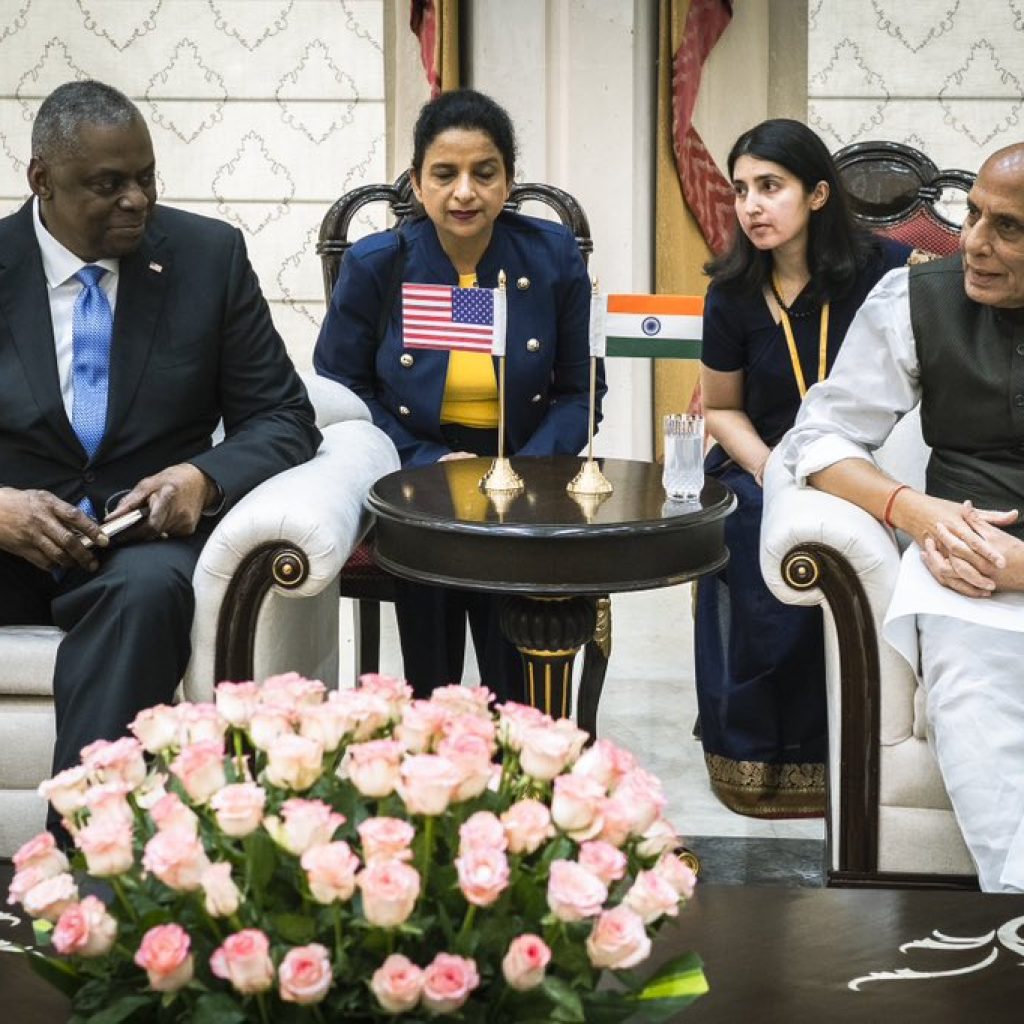
Defence Secretary Austin’s most recent visit to India has no doubt fine-tuned some aspects of burgeoning India-US defence ties in advance of Modi’s visit. The challenge is to make the US defence technology related rules and regulations user-friendly for India. We let it be known during Austin’s visit that the stringent legislative and administrative hurdles that exist in the US need to be removed to fast track technology transfers and co-production in air combat and land mobility systems, intelligence sharing, surveillance and reconnaissance, especially in the underwater domain, as well as industry to industry cooperation. It has now been decided to start negotiations on Security of Supply Arrangement (SSA) and Reciprocal Defence Procurement Agreement (RDPA). During Austin’s visit an agreement seems to have been reached on a set of specific proposals that would give India access to cutting edge US technology.
On this subject, it is useful to recall that India was also declared a Major Defence Partner in 2016 following which India was given Strategic Trade Authorisation tier 1 status in 2018 that allows India to receive licence-free access to a wide range of military and dual use technologies. India has signed all the defence-related Foundational Agreements, as also the Industrial Security Annexe in 2019 to allow industry to industry cooperation. In May 2023 India and the US held the Inaugural India-US Advanced Domains Defence Dialogue to strengthen partnership in new defence domains, with emphasis on space and Artificial Intelligence.
The US has long claimed that India has now the same status as a NATO country in terms of technology transfer. In reality, the need to navigate the maze of US laws and regulations still remains, as new negotiations on SSA and RDPA are now needed, and a new initiative has been launched- the India-US Defence Acceleration Ecosystem (INDUS-X) to advance cutting edge transfer of technology. US has given clearance to General Electric Company to develop in cooperation with India with full transfer of the GE F414-INS6 jet engine technology for India’s Tejas Mk II Light Combat Aircraft and AMCA Mk I. This is certainly a major advance but whether the hot engine technology, which is the core technology, will also be transferred is not yet clear, not to mention that the US Congress will also have to clear the project.
(Kanwal Sibal is India’s former Foreign Secretary and Ambassador to Russia. Views expressed are personal and exclusive to India Narrative)


